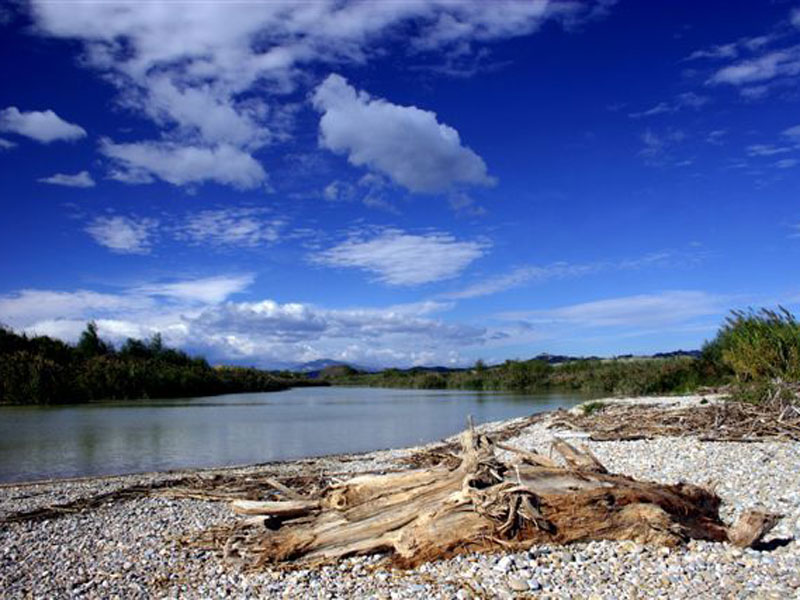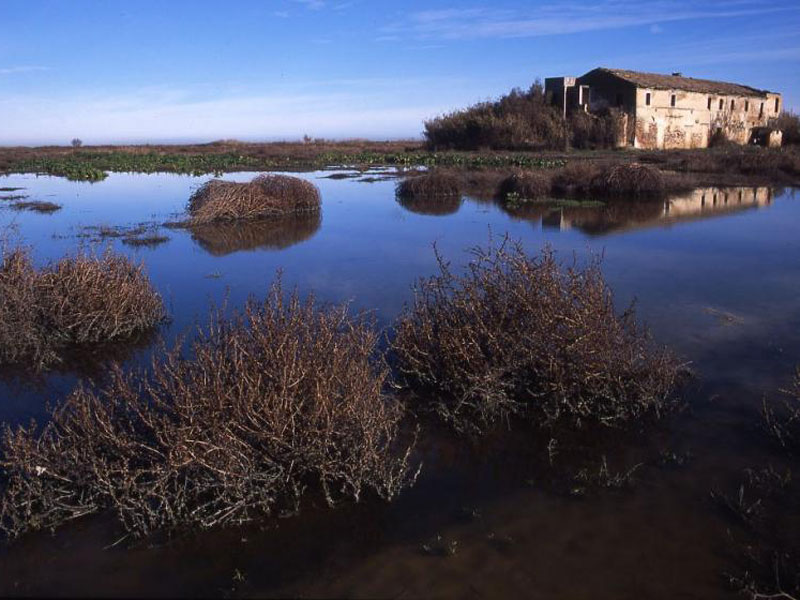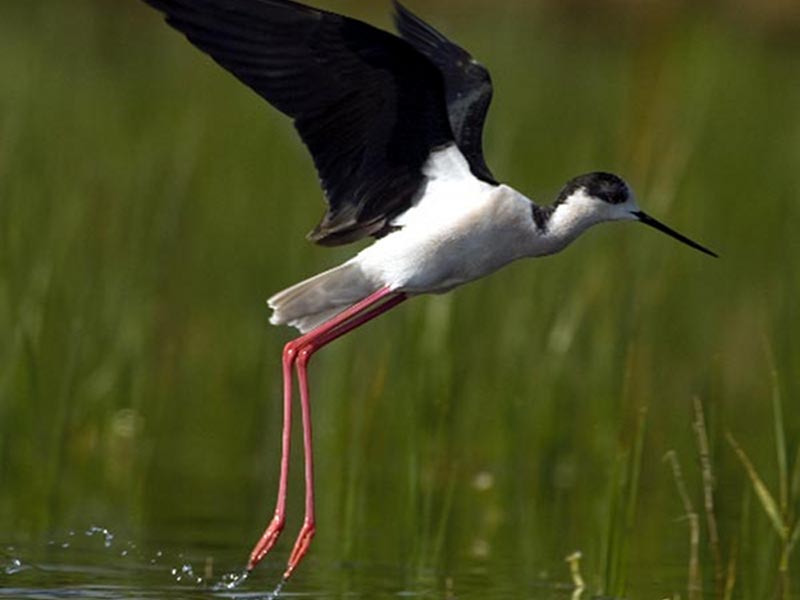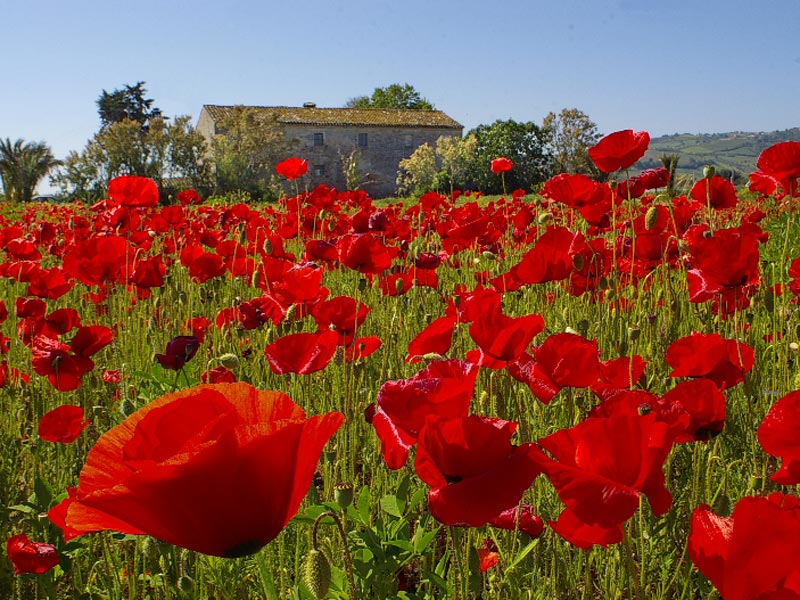Protected Area
Identity Card
- Land Surface Area: 174.33 ha
- Regions: Marche
- Provinces: Ascoli Piceno
- Municipalities: San Benedetto del Tronto
- Establishment Measures: DCR 156 14/12/2004
- PA Official List: EUAP0893
Some History
Besides having important landscape-environmental features, the area of Sentina, near the border between the Marches and Abruzzi, has always had a coastal complex of great historical and geographical value.
Several historical and archaeological documents witness that it was a field of battle between different people, an area subject to natural catastrophes, an area of interesting commercial exchanges, as well as a strategic point between Via Salaria and Via Flaminia, as the main point of connection between the coast and the inland.
The historical setting can be divided into four main stages:
1- Truentum and the Liburnians (7th century BC - 6th century AD): the Liburnians landed at the mouth of the river Tronto and colonized the surrounding territory. The towns of Truentum (today Martinsicuro) and Castrum Truentum (today Porto d'Ascoli) were born and flourished. According to Pliny, this represents "the one and only memory in Italy of the colonies founded by these people coming from Istria".
The area passed then under the Roman control, becoming a big commercial and administrative center. However, the town also suffered barbarian invasions and plundering, ravages and plagues, until it was gradually abandoned.
2- The struggle between Ascoli and Fermo (11th -16th century): in these years, the town of Ascoli, already flourishing and powerful, begins a series of struggles with Fermo to conquer this land, strategic for its access to the sea. With the Papal Bull of 13th May 1323, Pope John XXII grants to the town of Ascoli the right to build a port, called Porto d'Ascoli, provided that this included the creation of "enough and adequate buildings to receive, preserve, load and unload ships, galleys, and boats". According to some historians, these buildings were built by the people of Ascoli in 3 years and they included towers and fortified bastions.
3- First arrangement works by Laureati brothers (16th - 18th century): the area starts to become populated, the lands to be cultivated or used as pastures. Moreover, canals are built to dispose of the waters left by the floods of the river Tronto and avoid floods in the surrounding areas.
4- Marchesi Sgariglia and the agricultural production (19th - 20th century): Marchesi Sgariglia have improved the agricultural production, built the road to the inland and the farmhouses for the local tenants.
In 1863 the Adriatic coastal railway line was inaugurated.
Territory
For a stretch of about 1.7 km, the area in the north of the mouth of the river Tronto is formed by a sandy bar with a flat-dune morphology, behind which small stretches of brackish wetlands and salty grasslands can be found. From the analysis of ancient documents, in loc. Sentina there was a lake ("Carta della Spiaggia fra la punta di Marano ed il conflusso del fiume Tronto che divide lo Stato Ecclesiastico ed il Regno di Napoli, 1600"; "Topografia dello Stato d'Ascoli della Marca, 1860") which, because of the subsequent urbanization and reclamation activities, has gradually disappeared.
Further information (Italian text)
Fauna
The territory of Sentina is populated by 143 bird species (32 are included in Annex I of the Directive "Birds" and 70 are included in the lists of the Species of Conservation Interest in Europe), 14 mammal species, 5 reptile species, 3 amphibian species, 6 fish species (considering only freshwater species), for a total of 171 species (including migratory and non-nesting birds).
Fauna Checklist
(the following links lead to Italian texts)
Flora
The flora of the Reserve does not include very rare species, since most of them is rather widespread in the Mediterranean and some of them also along the Atlantic coasts. The particular feature of this flora is represented by the fact that some species have had difficulties in reproducing in other sites of the Adriatic coast because of the strong human presence characterizing the delicate dune and backdune environments.
Flora Checklist
(the following links lead to Italian texts)










